Colombia. The National Spectrum Agency, ANE, issued Resolution 61 of 2024 updating the National Table of Allocation of Frequency Bands, CNABF, to adjust technical and operational conditions related to the use and processing of blank spaces.
White spaces are frequencies that are not assigned to a primary or secondary service in a specific geographical area and that can be used by radiocommunication applications in that area without causing harmful or unacceptable interference to stations in a primary or secondary service.
Currently, the band between 470 and 698 MHz is allocated for the television broadcasting service and can be shared in the free use mode to bring broadband internet to places where there are frequencies or television channels that are not in use and in this way, contribute to the National Government's goal of connecting 85% of the country and turning the country into a digital power.
With the modification of the regulations, white space devices will be able to make connections over greater distances, as the transmission power and maximum gain of the antennas increases. However, it is important to bear in mind that, in order to ensure the protection of the television service, the permitted out-of-band broadcasts are additionally reduced.
Definitions have been adjusted and the process for requesting available channels automatically with the Blank Space Database (BDEB) has been updated, including two-factor authentication of device managers. Interested parties can find more information in Resolution 61 of 2024.
The automatic channel request procedure can be carried out by the devices maximum every 24 hours using the PAWS protocol, which is a database access protocol that contains the different messages exchanged by the devices to make the availability request with the BDEB, making the connection with the URL https://tvwhitespaces.ane.gov.co/rpc/


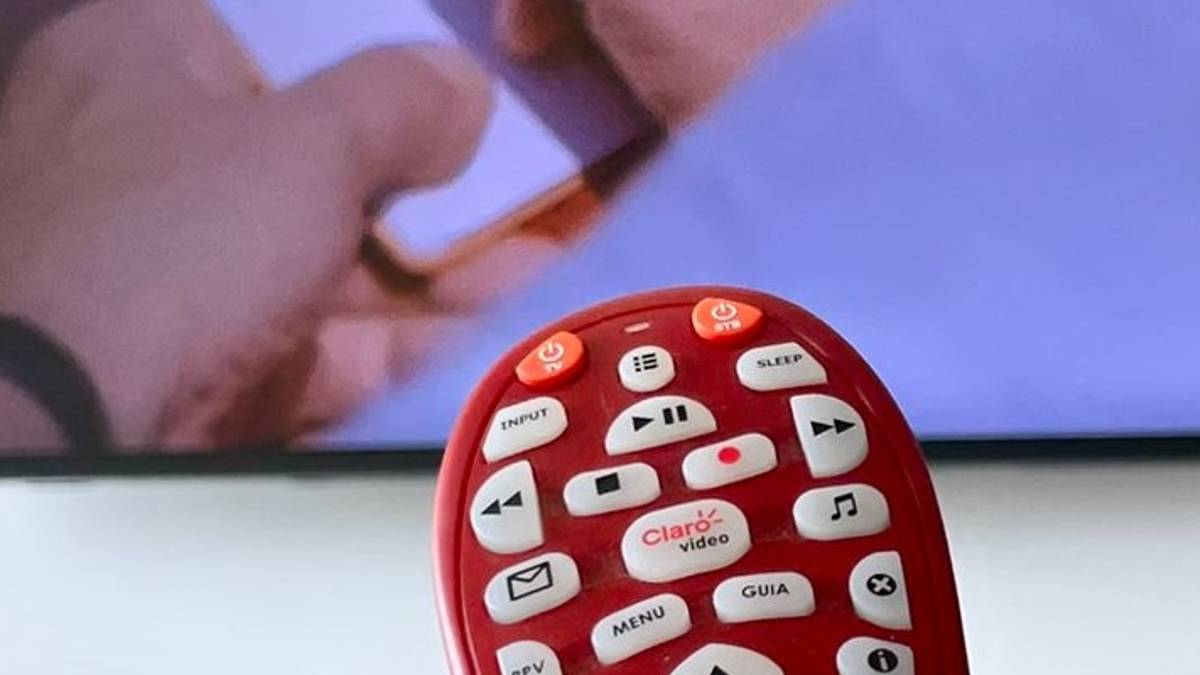

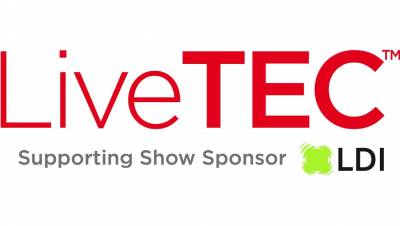




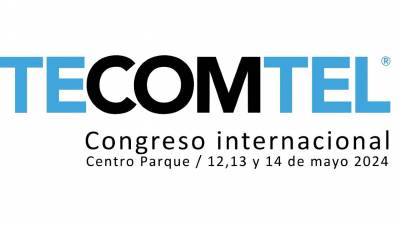


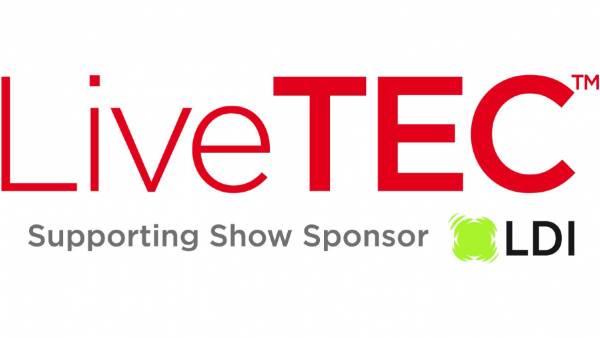
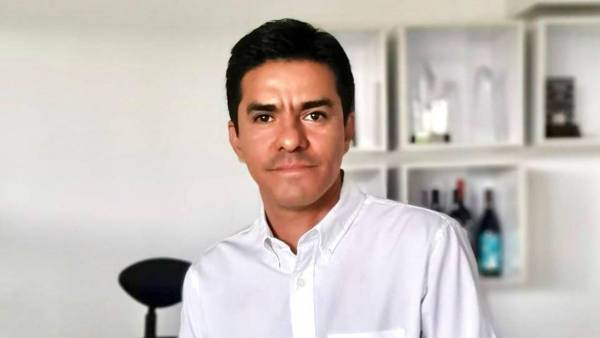

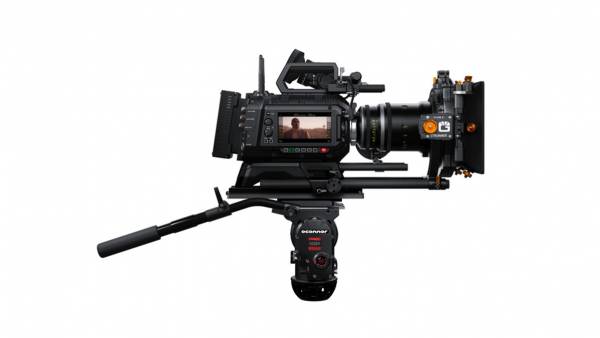
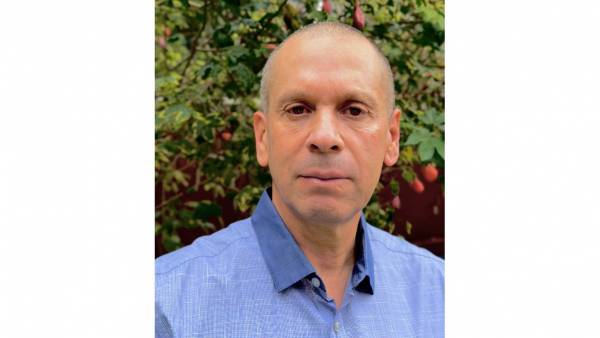
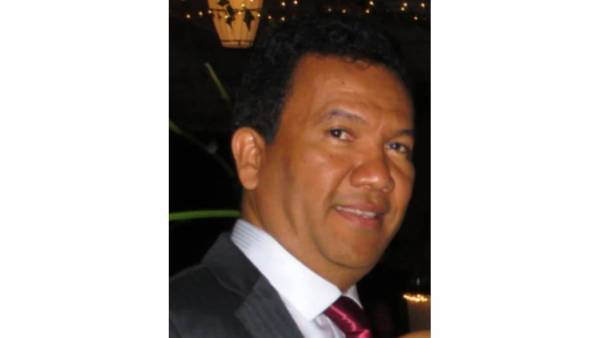
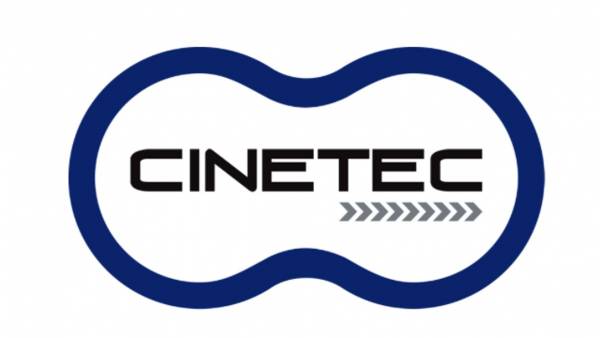






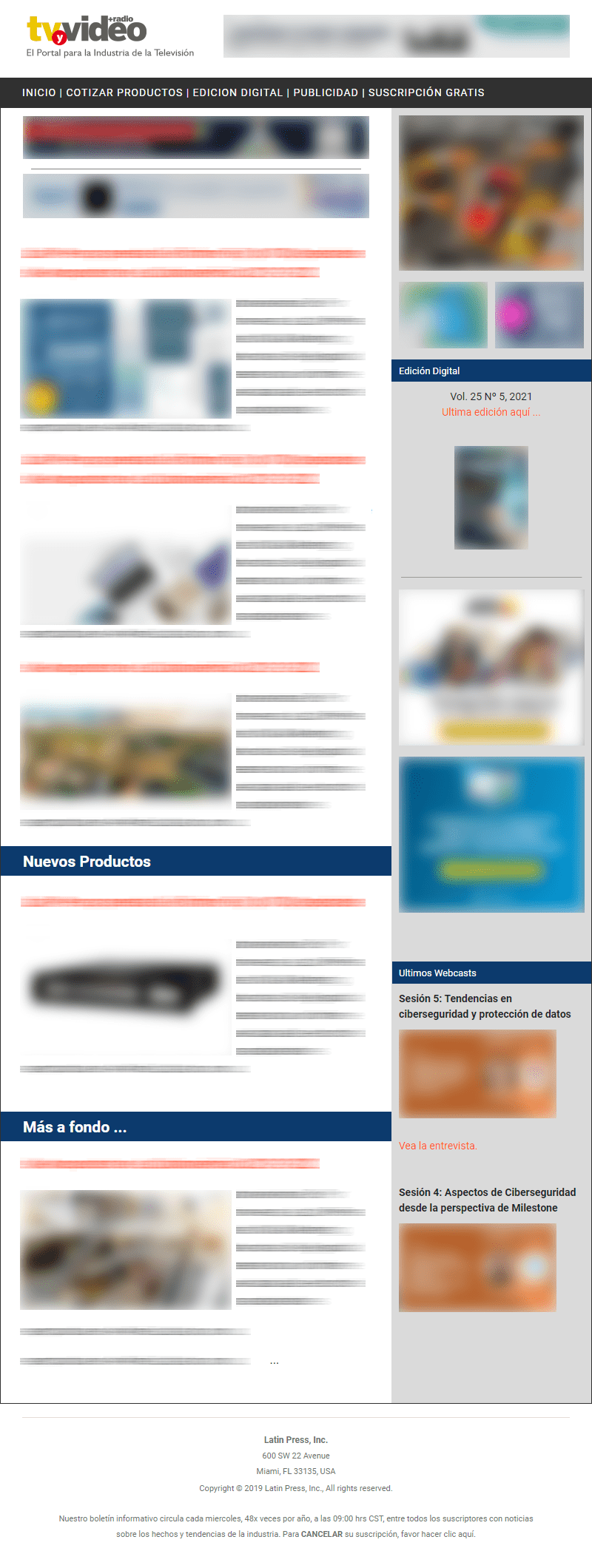
Leave your comment